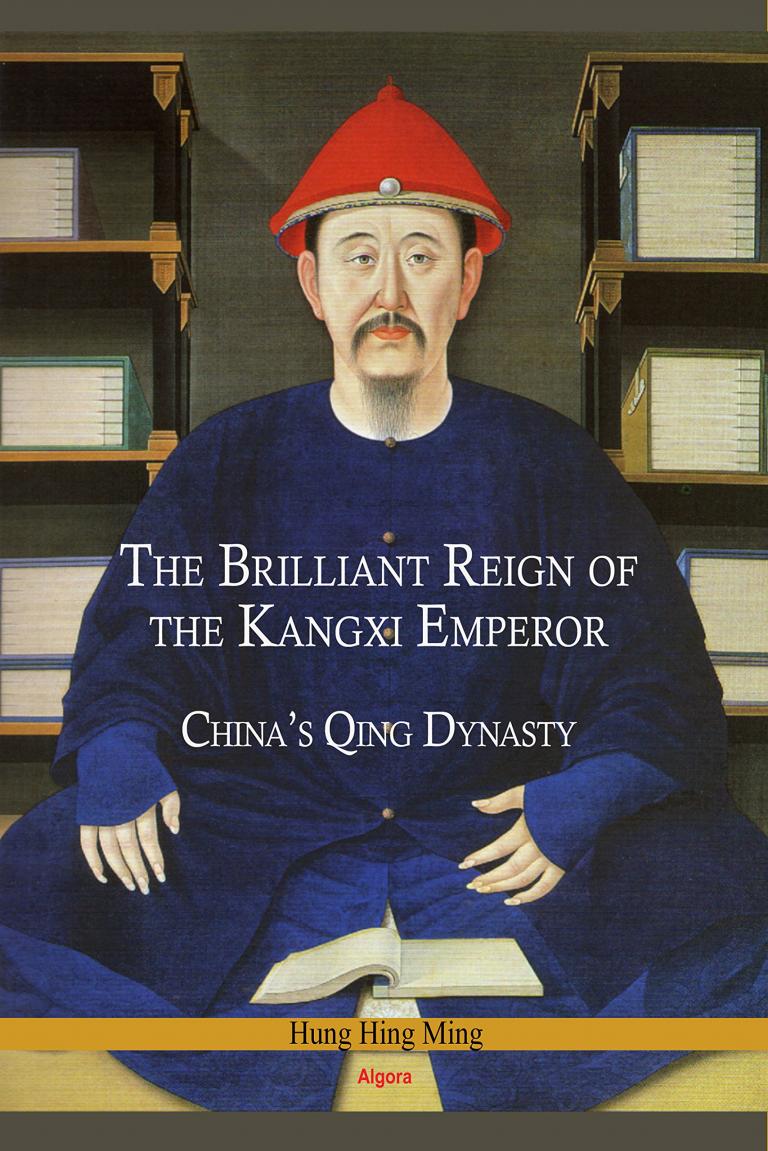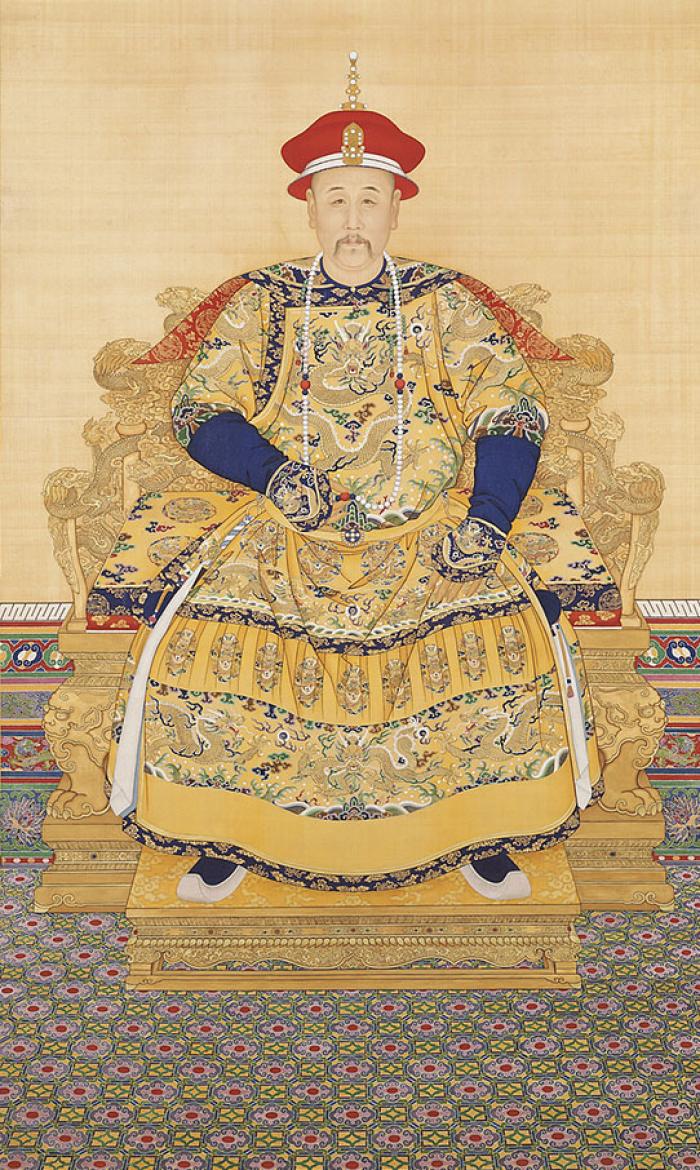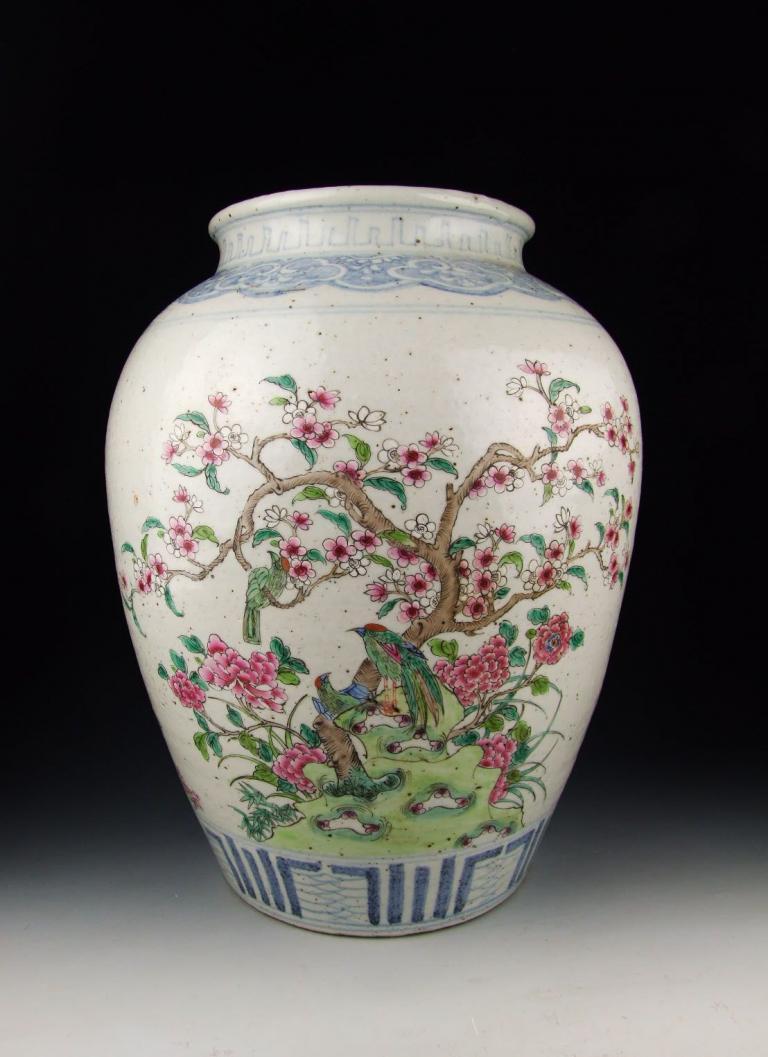The Reign of Kangxi in Qing Dynasty
6 min readGrand Empress Dowager Xiao Zhuang
She was a daughter of a prince of Mongols,thus was a descendant of Chinggis Khan.She was given to Abahai(Huangtaiji),the son of Nurhaci in 1625 when she was twelve years old.She gave Huangtaiji three daughters and his ninth son,Fu Lin.
After Huangtaiji passed away,he didn’t leave a will and there was a struggle among his brothers and his sons.Through the efforts of the capable woman,the powerful Prince Dorgon,a younger brother of Huangtaiji,agreed that Fu Lin,the ninth son,should become the successor and pledged that they would serve the young lord with their absolute loyalty.But the eldest son,not pleased by this decision,was eventually put under house arrest by Prince Dorgon and died afterwards.

Dorgon became the regent making decisions for the Emperor Shun Zhi(Fu Lin),because the young emperor was a minor.The relationship between the regent and the young emperor was always questioned by historians.After thedeath of Dorgon,his family were punished by the emperor and all his titles were taken away.It was believed that Xiao Zhuang married Dorgon after Huangtaiji’s death.This probably helped to explain why Dorgon received posthumous punishments.
Nonetheless,Empress Dowager Xiao Zhuang played an excellent role for her son.She never interfered her son’s decisions unlike Empress Dowager Ci Xi who kept Emperor Guang Xu under house arrest.Xiao Zhuang kept a low profile during her son’s reign.Her relationship with her son was always questioned by historians.The demotion of Shun Zhi’s first empress who was Xiao Zhuang’s niece gave an insight to the mother-son relationship.
Unfortunately,her son died at the age of 24 and his successor was only 7 years old.The new emperor was Kangxi.
Xiao Zhuang was summoned back into the politics of the Qing dynasty.She asked the four appointed regents,Oboi and the other three to assist her grandson and advised her grandson to learn from his ministers since they were most experienced and had been assisting the late emperor during his reign.
Xiao Zhuang took charge of Kangxi’s upbringing after the death of his mother.When Oboi was posing a threat toKangxi’s rule,she helped the young emperor to get rid of Oboi.She was never selfish and she was unlike the Empress Dowager Ci Xi.
She rejected the pleasure of the palace probably due to her upbringing in Mongolia.She refused to have her birthday celebrated,knowing that it would be costly.
Grand Empress Dowager Xiao Zhuang died in 1688.The woman really played a decisive part for the founding of the Qing Dynasty.

Kangxi
Kangxi(1654-1722)(see Figure 16)was the second emperor of the Qing Dynasty,the son of Emperor Shun Zhi.
His father was a mere six years old when put on the throne,under the control of the regent Dorgon.He died,aged just 24,of heartbreak and smallpox after losing his beloved concubine-Dong Xiaowan to the disease.As such,Kangxi was only seven years old when he ascended the throne in 1662.
Again,the child-emperor was dominated by his powerfulregents.Among them was the ruthless General Oboi,who several times tried to usurp power from Kangxi and installed his henchmen in the imperial court to ensure that one day,he would succeed.Thankfully he never did,for the teenaged Kangxi arranged his arrest,and seized full power with the help of his grandmother-Grand Empress Dowager Xiao Zhuang.
Yet that was only the beginning of Kangxi’s troubles.In 1674AD,the Ming turncoat generals Wu Sangui ,Shang Zhixin and Geng Jingzhong led a great revolt against the Qing government.This is known as“The Revolt of the Three Feudatories” in Chinese history.It was among the largest civil wars in history,more men,weapons and deaths than all the wars of 17th-century Europe.These generals,most notably Wu Sangui,had helped build the Qing Dynasty,and were rewarded with large,almost-independent fiefs,and held the Manchu title of prince.
However,they were not satisfied and demanded monetary subsidies from the Qing court in exchange for loyalty;a form of blackmail.When Kangxi refused,the three rose up in arms.
Kangxi acted quickly and decisively.The army was mobilized and sent against the rebels,with the emperor personally directing the operation.The rebellion lasted seven years,but there was never any real chance of it succeeding.The three generals were unable to coordinate their efforts,and their own greed and incompetence further hampered their individual endeavors.By 1681,Wu Sangui was dead and Geng and Shang had been captured and executed,along with their sons.
Wu Sangui’s son fought on for another 32 years but presented no real threat to the Qing Empire.
Next Kangxi turned against the last Ming loyalists,based on Taiwan.These were led by the Zheng Chenggong family,descendents of a Ming general who had earlier surrendered to the Qing.His son,however,fought on to restore the Ming Dynasty.This was none other than Zheng Chenggong.A capable military leader,Zheng was originally based in Fujian province.However,an unsuccessful Qing attack on his capital of Xiamen ,or Amoy,persuaded him to look for a safer base of operations.He turned to Formosa,or Taiwan,occupied by the Dutch since the early 17th century.
In 166 AD Zheng Chenggong launched a massive onslaught on Taiwan.Badly outnumbered and outgunned,and also facing a native revolt,the Dutch were defeated and driven off the island.Zheng Chenggong immediately set about turning it into an advanced base of operations,but he died,in 1664AD,before this was completed.
For the next 20 or so years,led by his widow,the Zheng bloc carried out frequent raids on China’s eastern coast with Taiwan as the springboard.Preoccupied with domestic affairs,the Qing Empire was unable to launch an expedition to conquer Taiwan.Finally,with the resolution of the Revolt of the Three Feudatories and the empire prosperous and at peace,Kangxi ordered the construction of a large and modern fleet with the aim of retaking Taiwan.

Zheng Chenggong’s successors were not nearly as capable as he was,and intrigues within the Zheng bloc resulted in disunity between his relatives.Thus,the Manchu armada easily conquered Taiwan in 1683AD.
After the victory,Kangxi turned against the warlike northern Mongol tribes,which were a constant menace on China’s borders.He personally led two expeditions which utterly defeated the enemy,ending a long-time threat to the peace and stability of the Middle Kingdom.
At this time too,other countries began taking notice of China.Russia’s Tsar,Peter the Great,had been dispatching large numbers of Cossack cavalrymen to the banks of theAmur River,or Heilongjiang River,with the aim of taking Southern Siberia from the Chinese.Kangxi,however,dispatched troops that defeated the Russian armies and gained Southeastern Siberia for China.
During the 61-year-long reign of Kangxi,China saw unprecedented growth and prosperity.The population soared towell over 100 million,and China’s borders were greatly expanded.Arts and culture flourished,for Kangxi was also a superb poet and essayist who actively promoted learning and literature.Among his great cultural contributions was the commissioning of the Kangxi Dictionary ,a voluminous book on the Chinese language that is still in use today.As such,the Emperor Kangxi is regarded as one of the greatest rulers China has ever had.A man of great military and intellectual ability,he led the Middle Kingdom into a Golden Age that spanned over a century.








